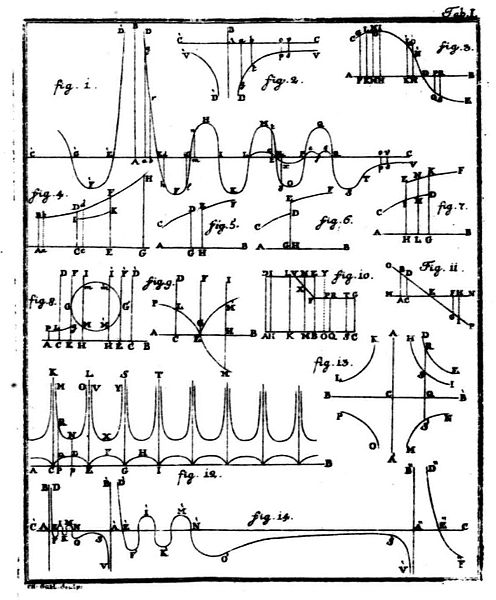The Collegium Ragusinum, sometimes also Rhagusinum, was the Jesuit college in the Republic of Ragusa, now the city of Dubrovnik in Croatia. Following early Jesuit presence in Ragusa in the late 1550s, the college was established in 1658 and closed in 1773 with the suppression of the Society of Jesus. Its preserved church is dedicated to Saint Ignatius, and the other buildings now host a Catholic gymnasium and other Church facilities. The complex has been referred to as "considered to be the finest Baroque set of buildings in Dubrovnik, and - according to many - in all of Dalmatia."
College buildings on Dubrovnik's Boscovich Square
View of the Old City of Dubrovnik, with Jesuit college visible on the left
Late-19th-century photochrom of the Jesuit stairs, college (then military hospital) and church
Facade of the College church, now Saint Ignatius
Roger Joseph Boscovich was a physicist, astronomer, mathematician, philosopher, diplomat, poet, theologian, Jesuit priest, and a polymath from the Republic of Ragusa. He studied and lived in Italy and France where he also published many of his works.
Portrait by Robert Edge Pine, London, 1760.
French translation of Bošković's De solis ac lunae defectibus.
The first page of figures from Theoria Philosophiæ Naturalis from 1763. Figure 1 is the force curve which received so much attention from later natural philosophers such as Joseph Priestley, Humphry Davy, and Michael Faraday. The ordinate is force, with positive values being repulsive, and the abscissa is radial distance. Newton's gravitational attractive force is clearly seen at the far right of figure 1.
Opening page "Theoria philosophiae naturalis"








